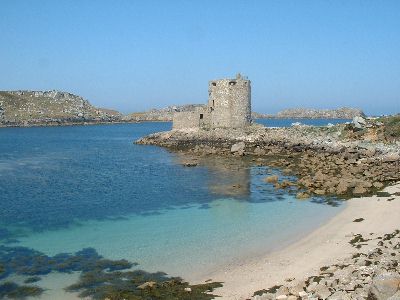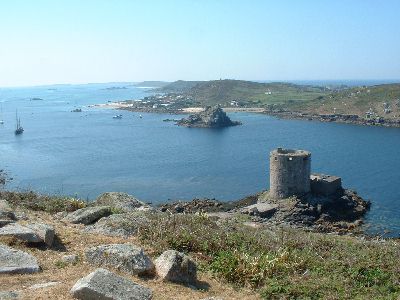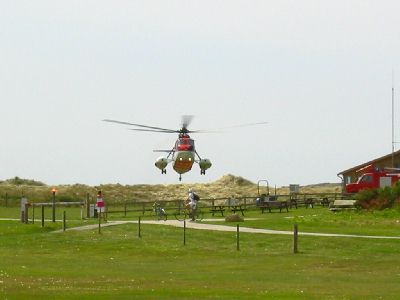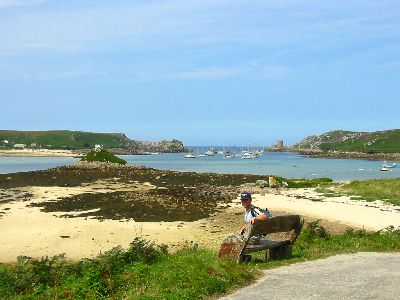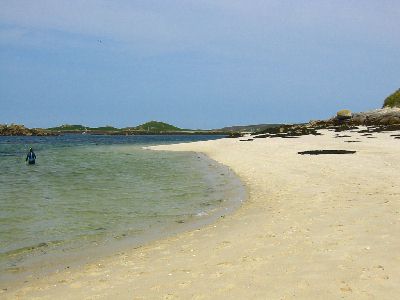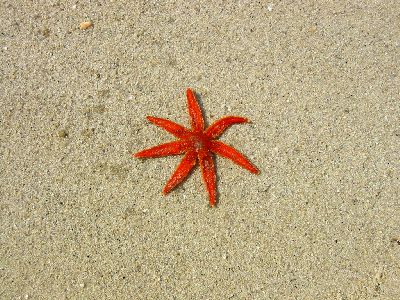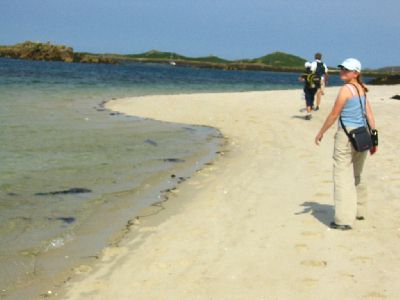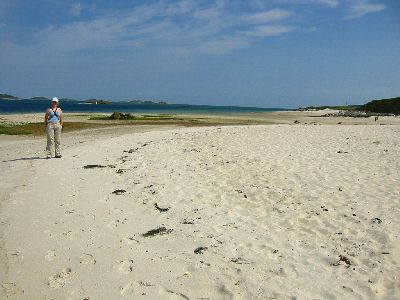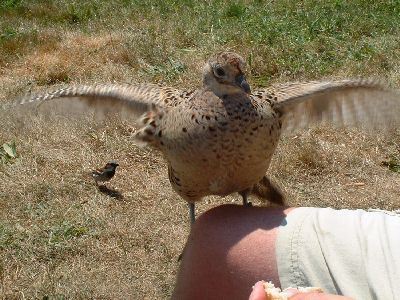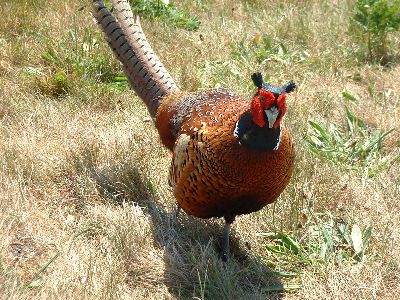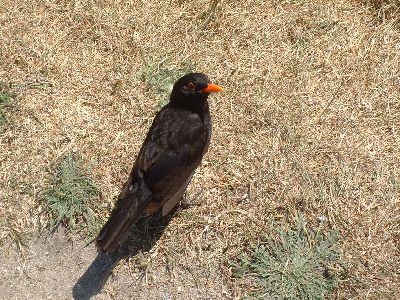Tresco
Isles Of Scilly
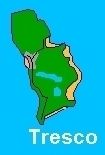
Tresco is probably the Isles Of Scilly's most well-known island, and the Tresco Estate has much to do with this. It is home to the world-famous Tresco Abbey Gardens, one of the most established tropical and sub-tropical gardens away from the tropics themselves. The gardens house plants, flowers and trees from all over the world, all growing frantically in Scilly's warm climate. As well as the stunning gardens, Tresco also has a heliport for day-trips from Cornwall, as well as several small settlements. The largest is New Grimsby, where there is a small shop, gift shop and harbour. Exotic wildlife roams the islands freely, and Tresco has some of the most spectacular beaches anywhere in the British Isles, if not in Europe!
